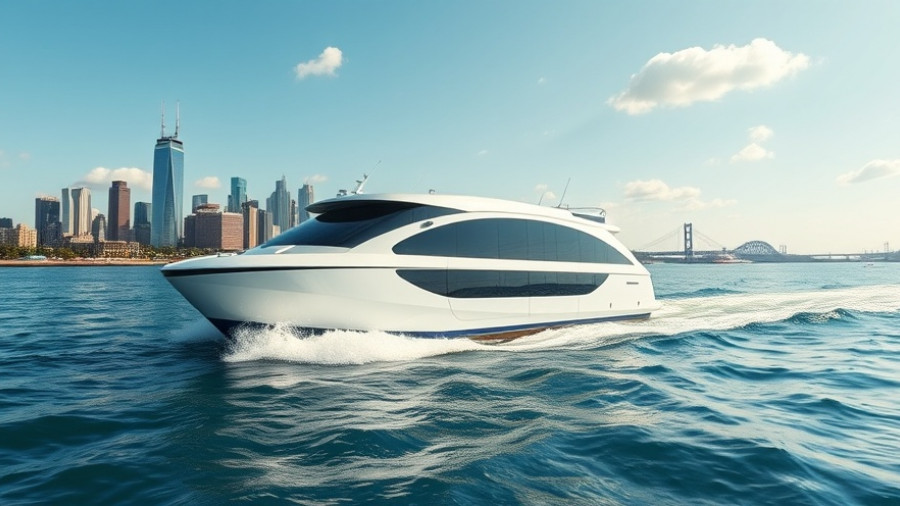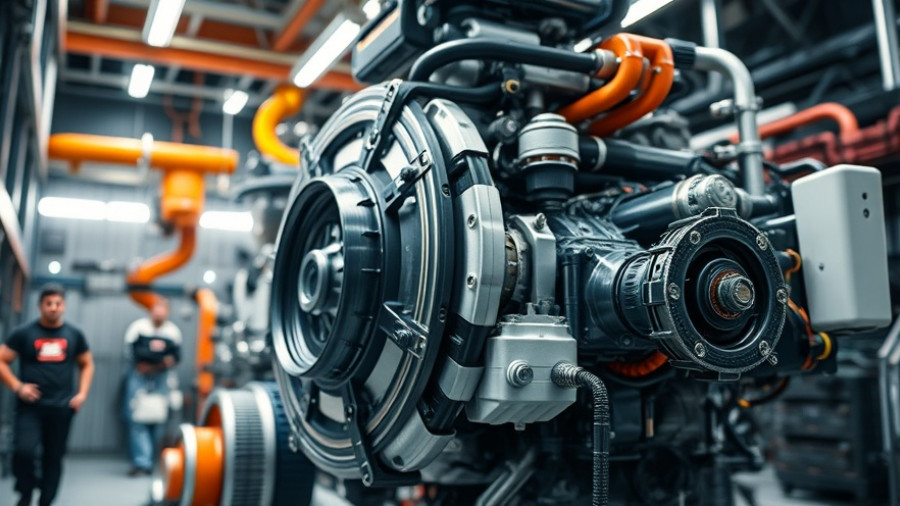
Maritime Partners Acquires Centerline Logistics: A Major Step Forward
Maritime Partners LLC has successfully finalized its acquisition of Centerline Logistics Corporation, a move expected to enhance both companies’ offerings and expand their market presence across all major U.S. coasts. The acquisition, announced on June 24, 2025, and closed on August 28, 2025, marks a significant addition to Maritime Partners’ robust portfolio of marine assets.
Why This Acquisition Matters
This acquisition not only integrates Centerline’s extensive operations into Maritime Partners but also assures continuity as Centerline’s leadership remains intact. CEO Matt Godden will continue to steer the company, reinforcing a sense of stability within the organization. This strategic choice supports Maritime Partners’ goal of maintaining outstanding operational standards and safety protocols that have become synonymous with Centerline over the years.
The Strategic Benefits of Combining Forces
As CEO Bick Brooks stated, Centerline’s established reputation is pivotal for the growth-oriented strategy of Maritime Partners. With a fleet that includes some of the largest Jones Act-qualified liquid petroleum barges in the U.S., the merger allows Maritime Partners to strengthen its competitive edge in a challenging industry. Leveraging Centerline's skilled team, Maritime Partners aims to enhance its service offerings and propel both companies toward unprecedented growth opportunities.
Insights from Industry Leaders
Matt Godden emphasized the importance of a partner like Maritime Partners, noting their deep understanding of the maritime landscape. His remarks reveal the industry's shift toward investing in growth and innovation, alongside a commitment to safety and operational excellence. The collaboration promises to create avenues for both leadership and operational expansion while ensuring that customer service remains a top priority.
Financial Backing: A Critical Component
Maritime Partners’ acquisition of Centerline was supported through collaboration with Atlas SP Partners, showcasing the company’s strong financial capabilities. The establishment of a warehouse facility reveals a proactive approach to securing future growth and operational capital. This financial foundation not only supports the acquisition but also assures stakeholders of Maritime Partners' commitment to invest in its acquired companies.
Looking Ahead: What This Means for the Maritime Industry
The successful acquisition of Centerline by Maritime Partners signifies a notable trend in the maritime sector, where strategic partnerships are increasingly valued. With stakeholders placing emphasis on innovation and safety, it opens the door for enhanced operational strategies across the sector. Observers anticipate that this transaction may encourage other firms to consider mergers and partnerships to remain competitive in today's ever-evolving maritime landscape.
The merger sets a precedent for operational excellence, safety, and growth in marine transportation. As the maritime industry faces economic challenges, the strength in synergy will position Maritime Partners and Centerline to thrive and set new benchmarks for customer service standards.
Final Thoughts: A New Era for Maritime Operations
As industries worldwide embrace integration as a way to strengthen their market position, the collaboration between Maritime Partners and Centerline serves as a model for future ventures in the maritime sector. This acquisition encapsulates a vision for sustained growth and innovative practices in marine operations.
In a rapidly changing environment, the maritime community can look forward to the positive implications of such strategic alliances, paving the way for enhanced service, customer satisfaction, and industry resilience.
 Add Row
Add Row  Add
Add 




Write A Comment